There’s something deeply satisfying about turning yesterday’s leftovers into tomorrow’s fresh produce. With a little patience and creativity, you can transform everyday kitchen scraps into thriving, edible plants no garden required. Whether you’re working with a sunny windowsill or a tiny balcony, growing vegetables from scraps is a simple, sustainable way to reduce waste and reconnect with the food you eat.
This guide walks you through five of the easiest and most rewarding vegetables you can regrow at home using nothing more than the leftovers from your meals.
Green Onions: The Ultimate Beginner-Friendly Regrow
If you’ve never tried growing anything from scraps before, green onions are the perfect place to start. These fast-growing alliums are forgiving, low-maintenance, and bounce back from trimming in no time.
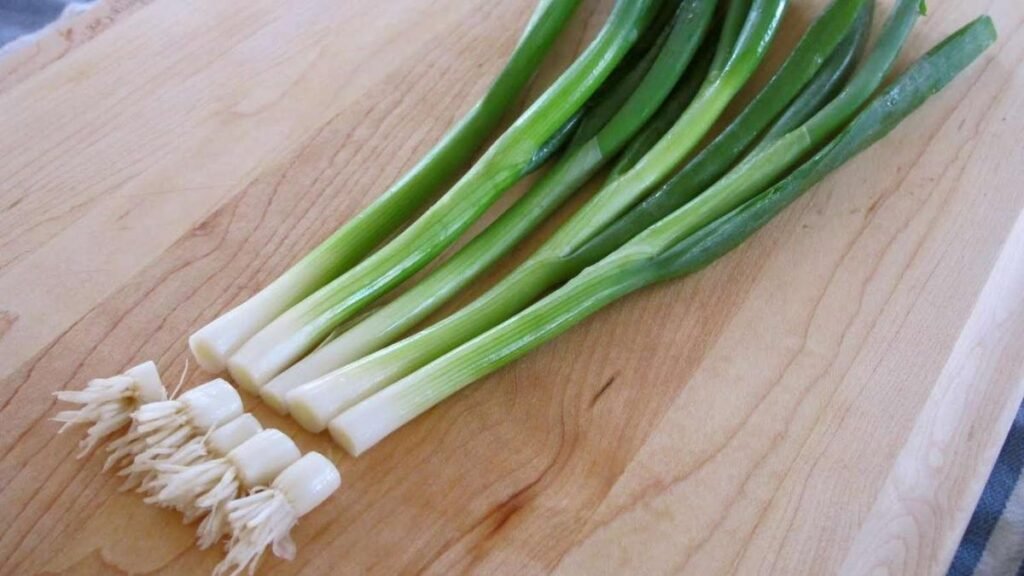
To regrow green onions, save the white root ends after using the tops in your cooking. Place the root ends upright in a small jar with just enough water to cover the roots. Set the jar near a sunny window, and within days, you’ll see new green shoots emerge.
Change the water every couple of days to keep things fresh. Once the greens reach a usable length usually within a week you can start snipping and using them again. With regular trimming and care, your green onions can regrow several times. For a longer-lasting supply, transplant them into soil for even heartier growth.
Celery: A Crisp Comeback from the Base
Celery is another vegetable that makes a surprisingly strong comeback when regrown from scraps. The key is the base the thick, round bottom part that often ends up in the compost bin. Instead, save it and give it a second life.
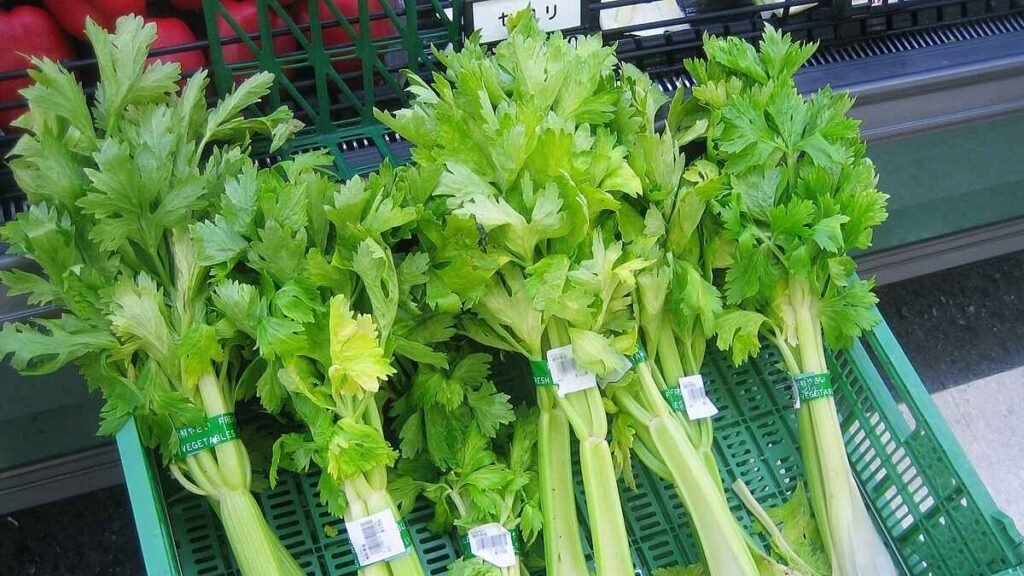
Cut the celery about two inches from the base, and place it cut-side up in a shallow dish with a bit of water at the bottom. Keep the dish in a bright spot, and mist the top with water once or twice a day. Within a week, you’ll notice new leaves and tiny stalks sprouting from the center.
Once the roots begin to form and the new growth is about two inches tall, transfer your celery to a pot with soil. It will continue to grow slowly, producing smaller stalks than store-bought versions, but still flavorful and perfect for soups, stews, or snacks.
Lettuce: Turn Trimmings into Tender Leaves
That leftover lettuce core at the bottom of your salad prep? It has more life in it than you think. Many types of lettuce, especially romaine, can regrow their tender leaves from the stem base.
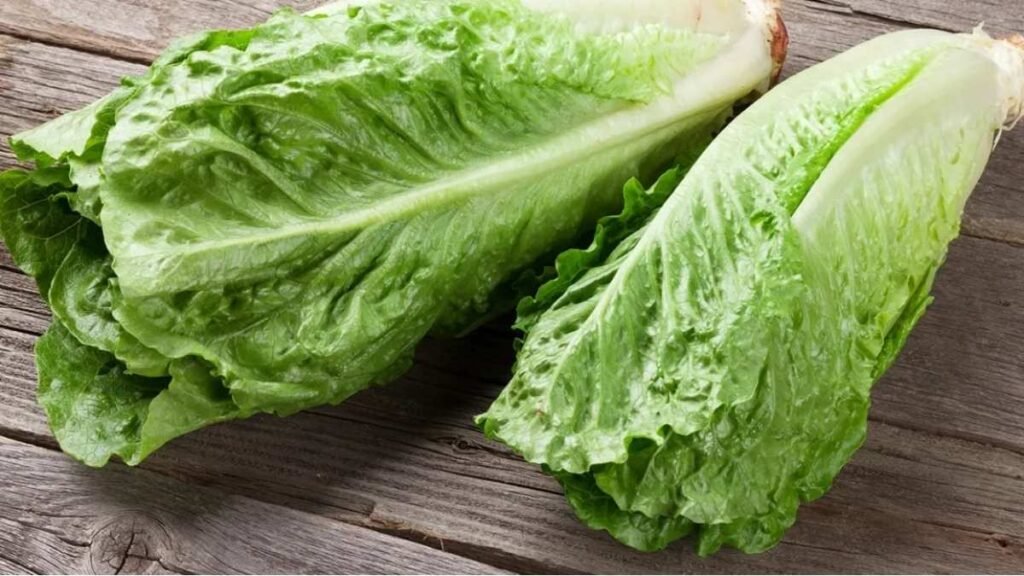
Save about two to three inches of the lettuce base and place it in a shallow container with a bit of water. Make sure the bottom is submerged, and position it in a sunny location. You’ll begin to see fresh green growth from the center in just a few days.
While it won’t regenerate a full head like what you bought at the store, you’ll get a new batch of tender leaves that are perfect for topping sandwiches or tossing into small salads. After a week or two, when new roots and growth have developed, you can plant the base in soil to prolong its productivity.
Garlic: From Clove to Bulb with Patience
Garlic is a staple in most kitchens, and it happens to be one of the most rewarding crops to grow from scraps. If you’ve ever found a forgotten garlic clove sprouting in the back of your pantry, don’t toss it plant it.
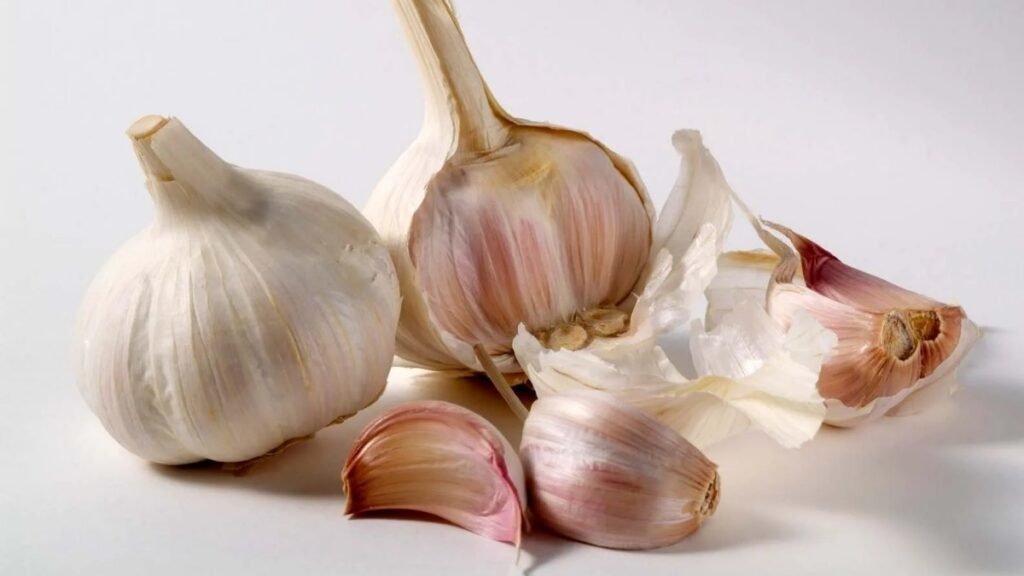
Choose a firm clove with a green shoot beginning to form. Plant it in a small pot with the pointed end facing up, just below the surface of the soil. Garlic prefers a sunny spot and well-drained soil, so a sunny windowsill or balcony is ideal.
Water lightly and give it time lots of time. It can take several months for a full garlic bulb to develop underground, but you can snip and enjoy the garlic greens (also called garlic scapes) much sooner. They have a mild garlic flavor and can be used like chives in a variety of dishes.
Potatoes: A Classic Regrow with Big Yields
Potatoes are one of the most classic examples of kitchen scraps that grow back beautifully. If you’ve ever seen sprouting “eyes” on your potatoes, those are actually the starting points for new plants.
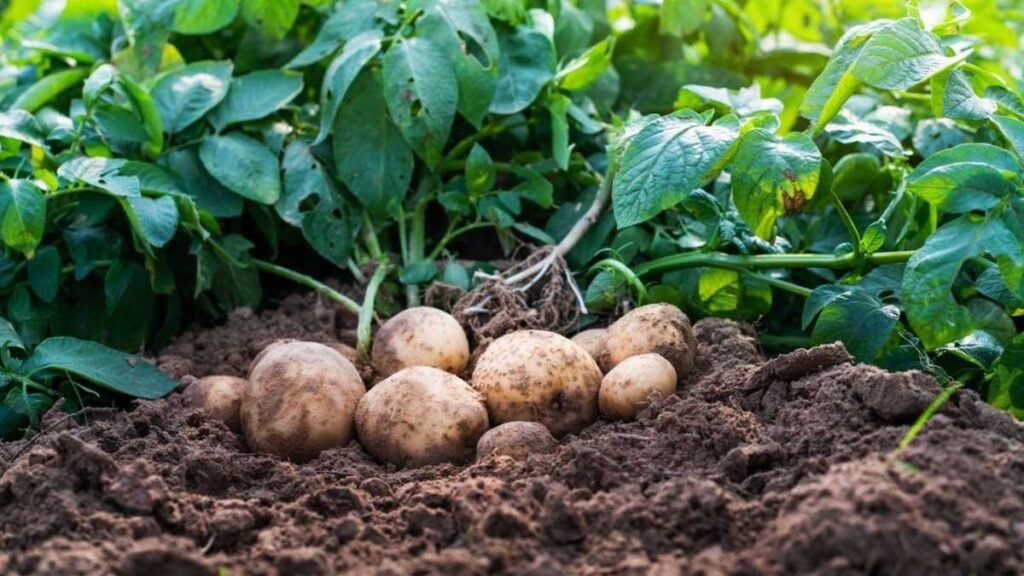
To regrow them, cut the potato into chunks, ensuring each piece has at least one or two eyes. Let the cut pieces dry out for a day or two to prevent rotting. Once dried, plant them about four inches deep in a container filled with rich soil. Keep the eyes facing up.
As the plants grow, mound soil around the base to encourage more tuber development. In a few months, the green leafy tops will start to wither, signaling that it’s harvest time. Dig gently, and you’ll find a new crop of homegrown potatoes ready for the table.
A Few Tips for Success
Growing vegetables from scraps is more than a fun experiment it’s a great way to reduce waste, save money, and grow food sustainably. Still, there are a few things to keep in mind.
Use organic scraps when possible, especially with produce like potatoes or garlic, which may be treated with chemicals to prevent sprouting. Fresh water is crucial for the early stages, particularly when scraps are regenerating in water. Change the water every few days to prevent mold and encourage healthy growth.
Once the roots are established, transitioning to soil will typically yield better and longer-lasting results. Even a small pot on a windowsill can make a big difference in the longevity of your regrown vegetables.
Why Growing from Scraps Matters
Beyond the practical benefits, growing from scraps is a step toward more conscious living. It encourages you to see your kitchen not just as a place of consumption, but as a starting point for renewal. It also brings the joy of gardening indoors, making it accessible to anyone whether you’re in a city apartment or a house with no yard.
Watching something grow from what you might have otherwise thrown away is an experience that fosters appreciation and curiosity. It also teaches patience, a rare and rewarding virtue in today’s fast-paced world.
Final Thoughts
Regrowing vegetables from kitchen scraps is simple, satisfying, and surprisingly productive. Whether you start with green onions or graduate to full garlic bulbs, every sprout is a small victory against waste. With nothing more than leftovers, a little water, and a bit of sun, you can create an ongoing cycle of food that begins and ends in your own kitchen.
Give it a try you might just find that the best part of your next meal starts with what’s left over from your last.

